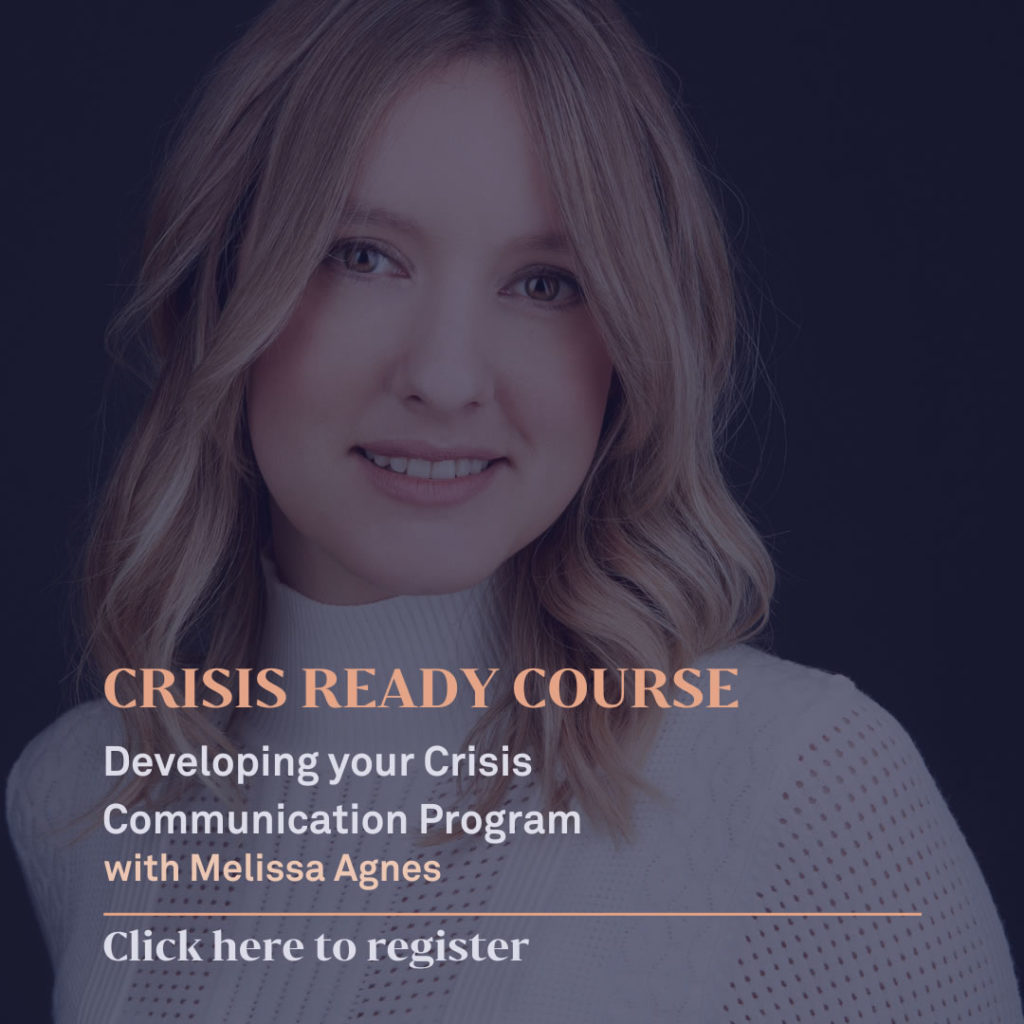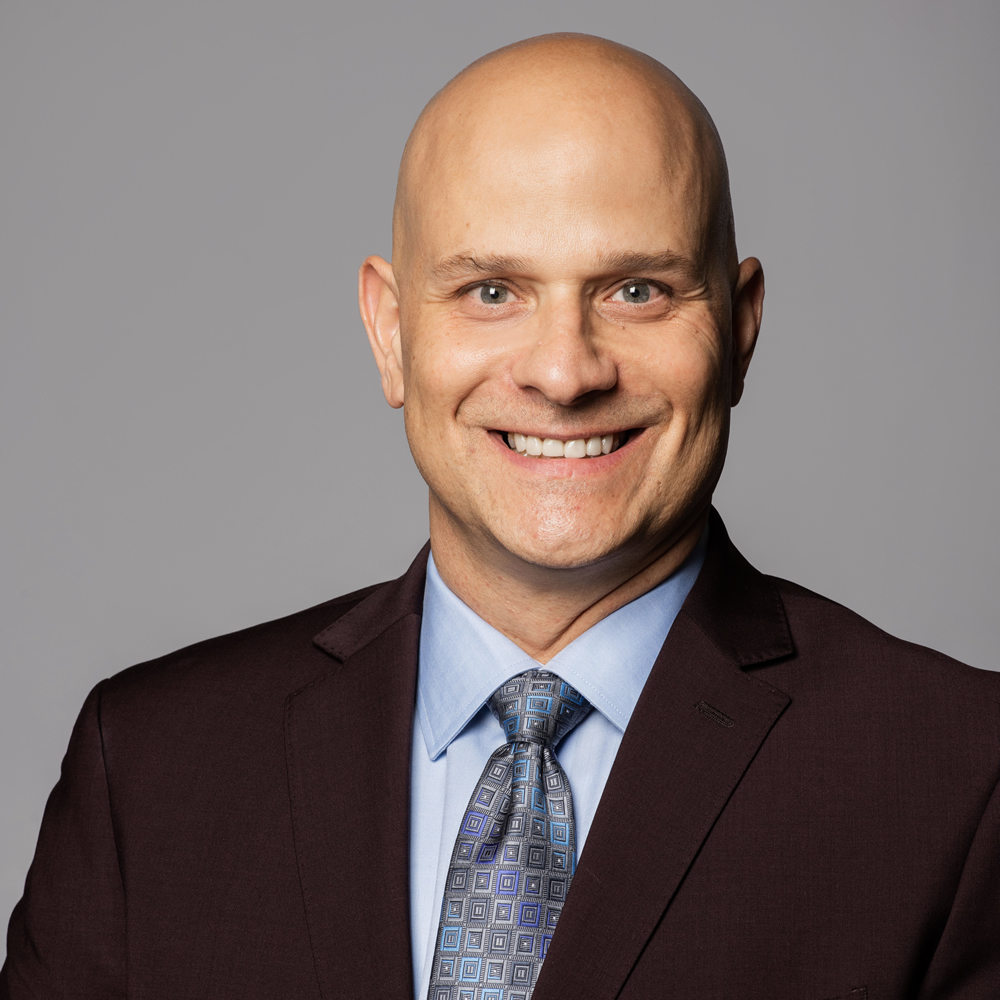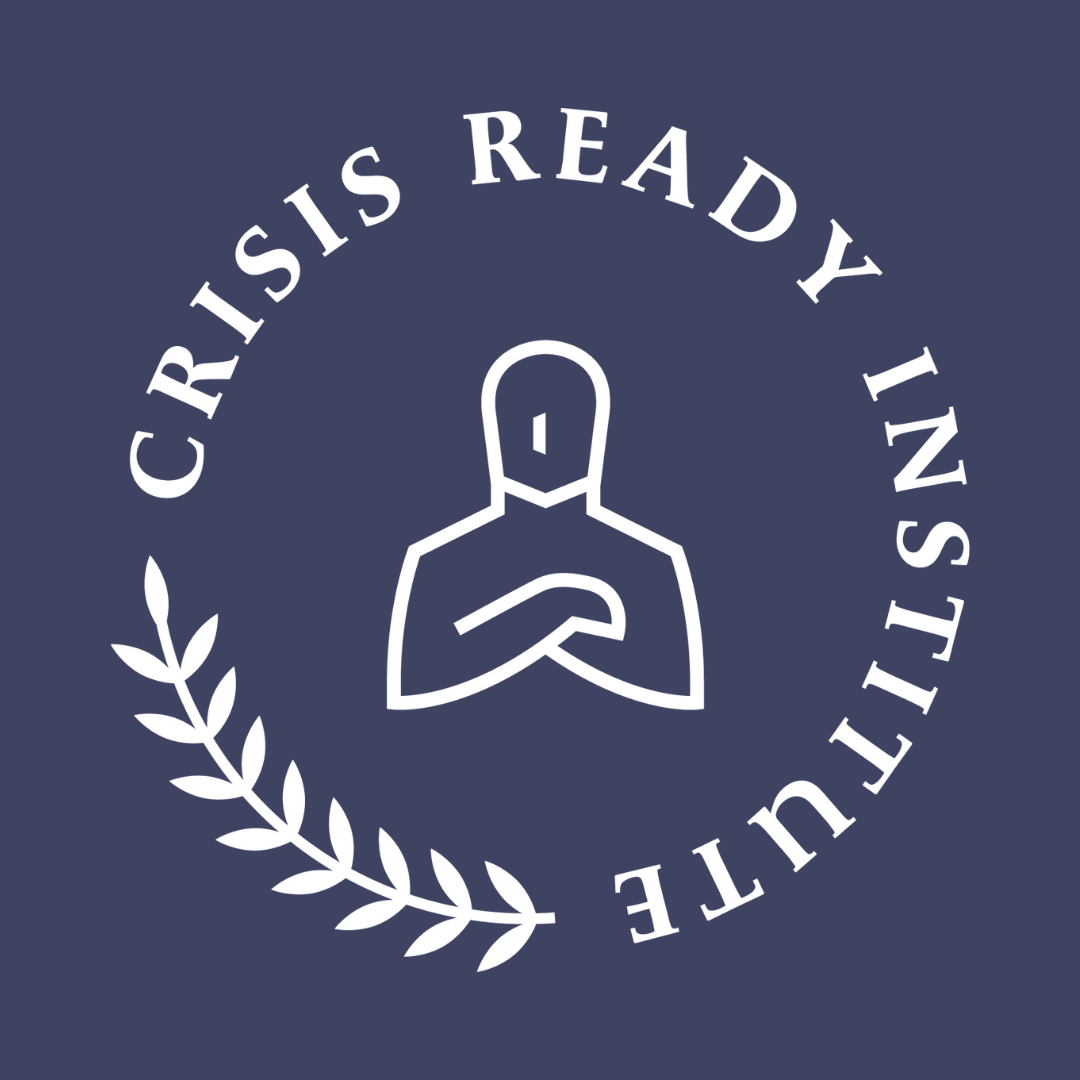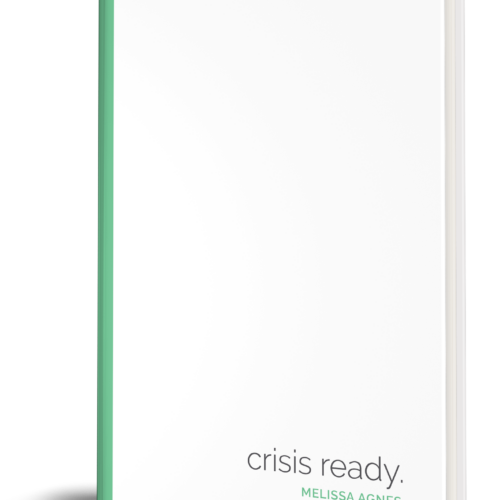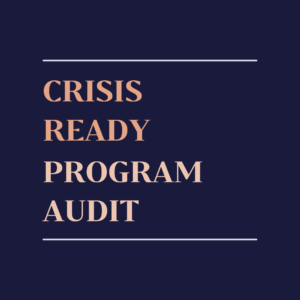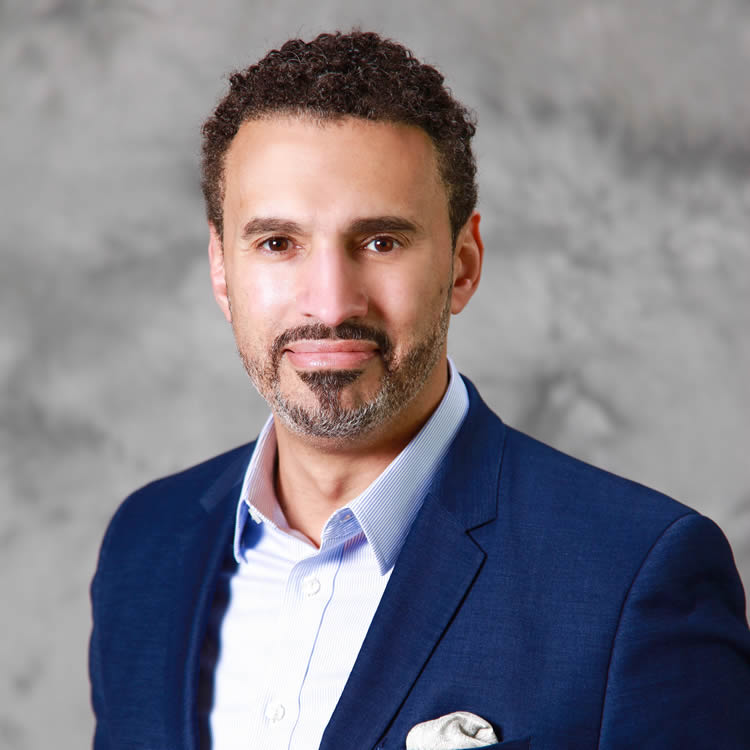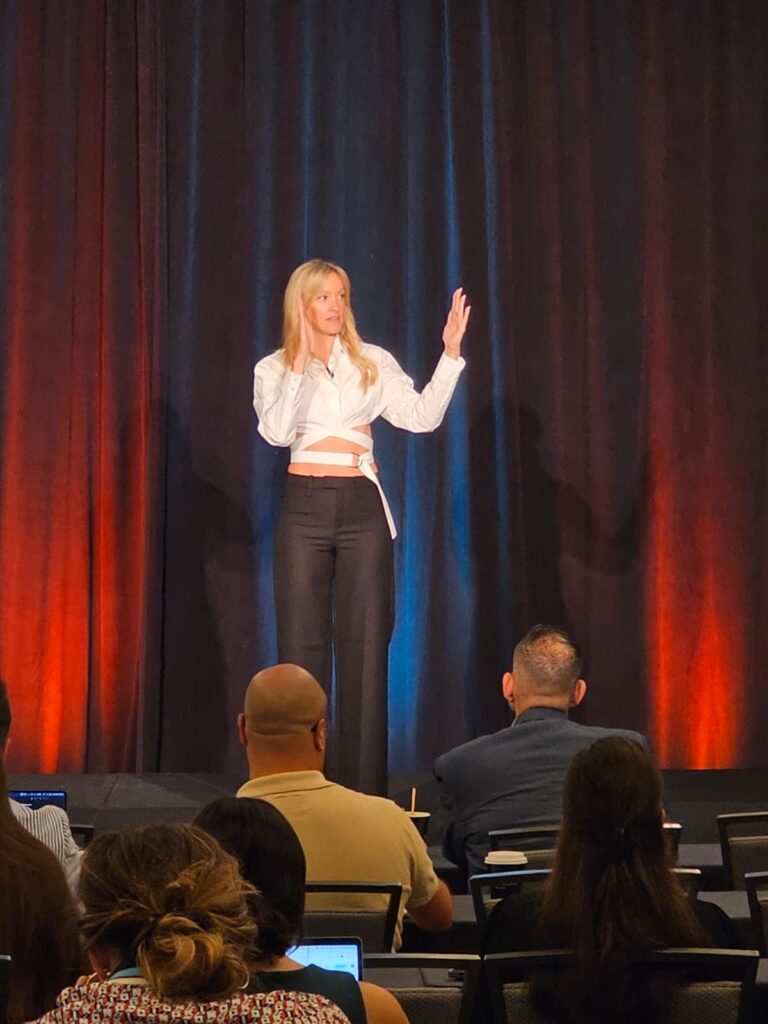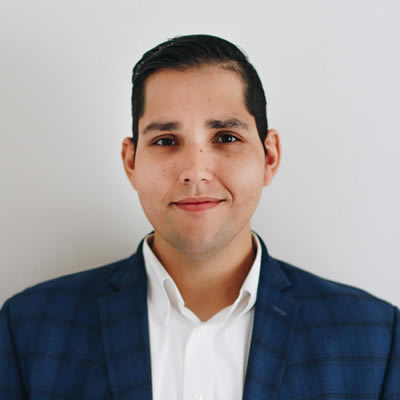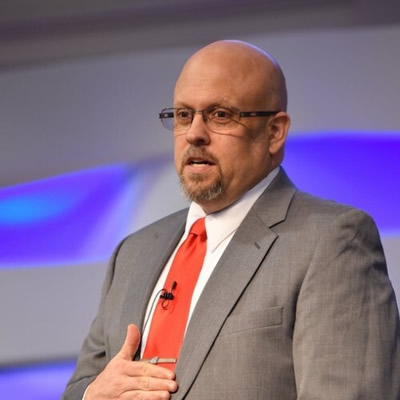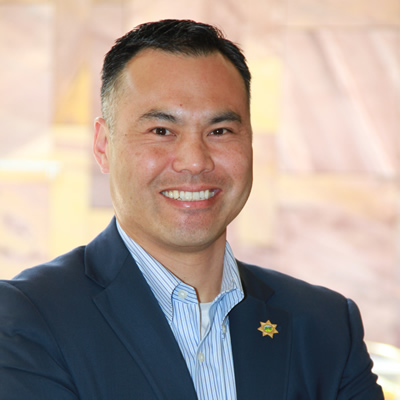We are now working through the third week of “official” physical distancing and telework in the United States. As we settle in to our new normal for the immediate future, there are a few things that I think are worth emphasizing:
Supply chains for food and critical goods (outside of personal protective equipment {PPE}) are stabilizing.
The initial challenge for grocery stores is that the farm-to-fork supply chain exists in two major segments. 50% of the food was packaged and shipped for home consumption–going to the grocery stores. The other 50% was packaged and shipped for outside-of-home use–restaurants. The initial rush on food overwhelmed that segregated system, resulting in the dramatic pictures of long lines and empty shelves. The system is rebalancing, with more food entering the grocery store side of the supply chain. Deliveries are arriving at stores, and food and supplies are making it to the shelves. Food (and toilet paper) is available from most stores. Unfortunately, hand hygiene and physical distancing are suffering. There are still crowds gathering, and shared surfaces (think fuel pumps and ATM’s) may not be getting cleaned the way that they need to be. Remember that you, and nobody else, are responsible for your health and safety.
Terminology is changing to help you better protect yourself
You’ll notice that I used the term “physical distancing” and not “social distancing”, “isolation” or “quarantine”. There is a shift occurring in how to manage COVID-19. Physical distancing—a minimum of six feet—is a proven way to reduce your potential for exposure to the virus. The term social distancing implies a limitation of interpersonal contact. Modern technology that we are now leveraging to support telework can allow us to interact socially without requiring everyone to be in the same place. Humans are social creatures and, as such, we do best when we can engage with each other regularly. Social distancing can have significant consequences, beyond the value of the physical distancing that is a part of it.
During the disruption caused by the COVID-19 crisis, there is an absolute need for a community around us. While we are physically distancing to “flatten the curve” and try to prevent transmission of the virus, we still need social and emotional support. You are not alone. You are part of a global community that serenades each other from their balconies and gathers at their doors to cheer healthcare workers putting themselves at risk to support others. While it is vital for you to continue washing your hands and to maintain physical distancing, we are not going to sacrifice the community that we have built. Use the tools that are at hand, e.g.: Zoom, Teams, Yammer, GoToMeeting, WebEx, or any other networking and communication tool that comes to mind. Keep talking to and supporting each other. Is there a neighbor that needs help? Can you reach out and support a coworker who is struggling with this new environment? Offering to help others, while keeping yourself safe, keeps our minds occupied, and makes us feel good about ourselves while lifting someone up.
Fear will not help anything. We need to be proactive and kind to each other. Our communities will get through this. We will get through this. We are resilient as individuals and as a whole. Remember, we are all looking out for each other, and someone is always looking up to you.
As we move forward in this brave new world, there are a few things to keep in mind.
Keep yourself healthy.
If you have a chronic medical condition that requires medication, don’t wait until the last minute to order your refill. Most insurance providers are allowing you to order and maintain a 90-day supply of your medications. Take advantage of that. While the food supply chain is normalizing, I do not think we have seen the true extent of the impact of COVID-19 on the pharmaceutical supply chain. Some medications may become more challenging to get as the situation evolves.
Do not forget to unplug and try to relax.
Now that most of us are working from home, we have lost our daily commute. While the majority did not enjoy the time spent in transit between home and office, it gave us an opportunity to physically disconnect what we did at work with what we do at home. Find something to replace that formal disconnect between the two.
Along the same lines, give yourself time to detox from COVID-19.
It seems like it’s all the media want to talk about, but there is life beyond the virus. Read a book, watch a movie, exercise, do anything but watch the news for a while.
If possible, spend time with your family.
Kids are home from school, you’re working from home more and your partner may be too. Set up some rules, make a schedule with time to work and time away from work. While it may be difficult at times, it really can be a good thing to have more time at home.
Think of the gas money you are saving!
Most activities are on hold, so driving around town isn’t a big thing now, saving you on gas while adding to your wallet.
Invest in yourself.
Take an opportunity to focus on things that you’ve been wanting to do, like starting a new exercise routine, studying a new language, reading a new book, or completing an online certification. Sitting around and stressing is not going to help anybody but helping yourself can be time well spent.
Wash your hands.
The primary transmission pathway for the SARS-CoV-2 virus (which causes COVID-19) is self-contamination. Touching a contaminated surface and then rubbing your eyes, scratching your nose, or otherwise introducing the virus from your hands to a mucus membrane. You cannot ensure that every surface that you touch is clean, but you can work to make sure that your hands are.
Physical distancing—six feet is the minimum target.
I’m sure everyone has seen the commercials and YouTube videos of somebody sneezing or coughing in front of a high-speed camera. That explosion of droplets is what carries the virus, and what you’re trying to avoid landing on you. The schools being closed and the emerging “stay at home” orders being put in place by localities and States are aimed at enhancing that distancing factor. Please remember, these closures are not just an extended vacation. The physical distancing is not going to happen if you are going out to the park, playing group sports, or interacting with large groups of people for any reason.
I am a first responder. My family and I have decided that it is worth the risk to me and to them for me to continue answering emergency calls for help in our community. There are thousands of people like me in your communities. Please, we are continuing to respond to protect you. Stay home and maintain physical distancing to protect us, your neighbors, your family, your friends and yourselves.
Personal Protective Equipment (PPE).
Remember, surgical (procedure) masks, i.e.: the paper/cloth masks that you see the majority of people walking around with, are designed to keep other people safe from you. They are not designed to keep you safe. If you have a cough and are out in public, then you should be wearing a surgical mask. If you are sitting at home, maintaining physical distancing, then not so much. The respirators that are being worn by healthcare providers (N-95 / N-100 / PAPR [space helmets]) are designed to protect them from other people. Supplies of these respirators are still extremely limited as the manufacturing base work to catch up with demand. PLEASE leave the available supplies for healthcare providers and first responders. If you are washing your hands and maintaining physical distancing then you should not need a respirator.
This pandemic’s end-date depends on all of our choices, including yours.
The COVID-19 crisis has changed the world. There is never going to be a “getting back to normal” moment after this. What there will be is the creation of a “new normal”, where people will have hopefully learned some hard lessons about what worked well to manage this crisis and what did not. Remember that we are in this together, and that we will need to work together to bring this crisis to an end. If you don’t care about getting sick and think that all of this hand washing and physical distancing is just an inconvenience, then I’m probably not going to change your mind. Please think about this though: who else are you going to infect if you get sick? Is it worth putting your partner, your children, or your parents and grandparents at risk? What about the other people that may need the medical resources that you are going to be taking up?
Wash Your Hands.
Cover Your Cough.
Maintain Physical Distancing.
There have been pandemics in the past. There will be pandemics in the future. The question is: how will you deal with the pandemic in the present?

